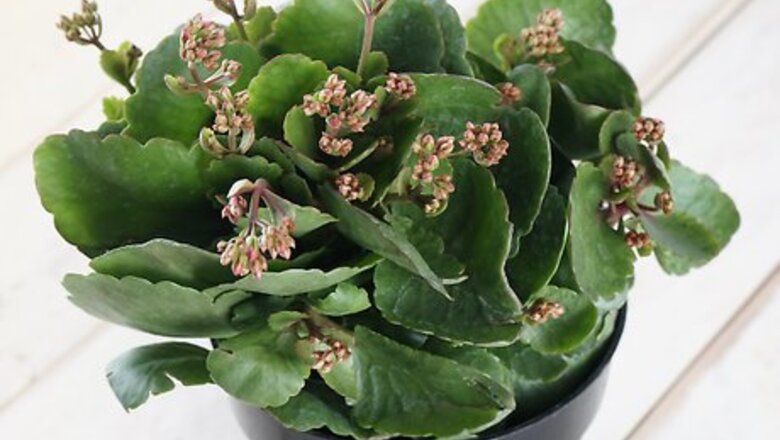
views
Correction. Pictures shown are of an African violet NOT a flaming Katy. The care shown is for an African violet but not a flaming Katy. Don't throw your flaming Katy or African violet away after flowering. African violets are easier to flower then a flaming Katy but not impossible. Do not overwater either plant. Don't put your African violet in direct hot sun as it can burn the leaves. Its best to bottom water African violets. This prevents water spots on the leaves and crown rot.
Both flaming Katy and African violets can be prone to pests.[1]
X
Trustworthy Source
Royal Horticultural Society
Leading gardening charity in the U.K. providing resources for identifying, growing and caring for flowers and other plants
Go to source
Thrips, aphids and mealy bugs. Taking a leaf cutting from an African violet will give you many plantlets, not just one. Its best to take a leaf cutting of your African violet isn't doing well or to grow and share with others. No need in tossing such a beautiful plant. (Unless you have truly killed it).

Position it in a light, sunny position. This is a plant that is happy to sit on the windowsill provided it doesn't get too hot. The preferred temperature is average warmth, although the cooler the room, the happier the plant will be.
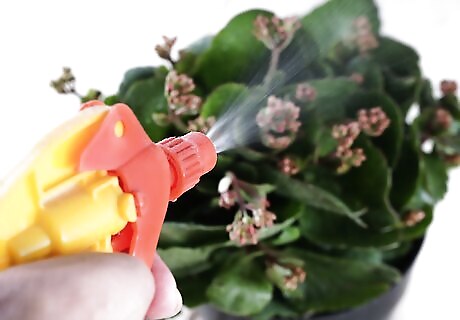
Keep the soil semi moist between waterings and ensure that the soil is dry before watering again. It doesn't need a lot of watering. Too much watering can bring about root rot but too dry and the leaves will shrivel and turn yellow.
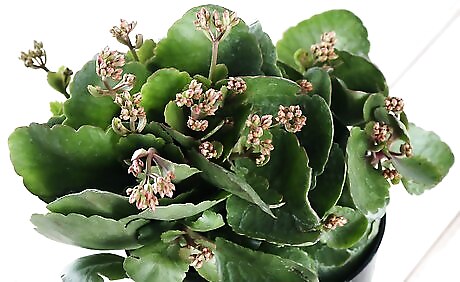
Feed it every two weeks when it's flowering. However, if you don't remember, it'll still thrive. A standard liquid fertiliser is appropriate.
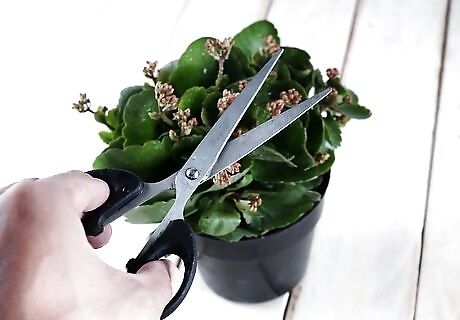
If you want to cut the flowers off after flowering, then do so. Otherwise, don't worry about it. It's really only an aesthetics issue.
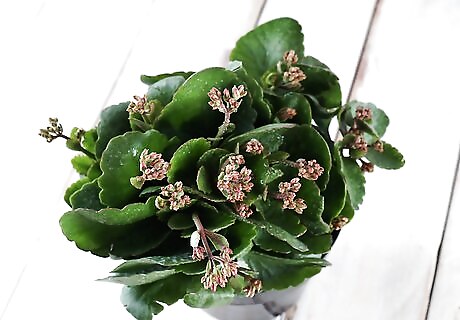
Take cuttings. Rather than trying to keep the plant flourishing after flowering, it's recommended that you take cuttings from it and grow new ones for the next year. And so on, for as long as you like. Cuttings should be placed in a soil-based compost.




















Comments
0 comment